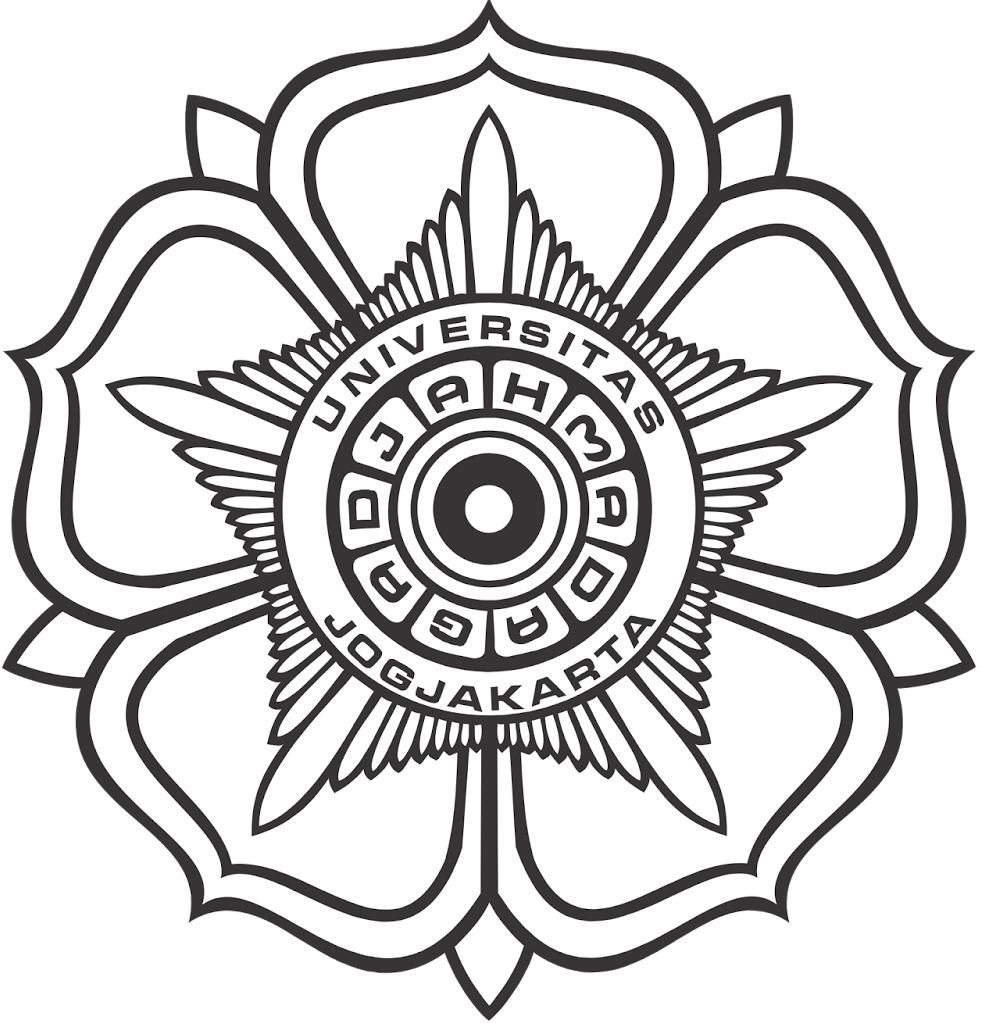Effect of aspirin on pi-class of rat kidney glutathione S-transferase activity
Abstract
Glutathione activity can be measured by conjugating GSH and EA catalyzed with GST. The product can be measured spectrophotometrically to result in a rate (Δ absorption/min). With the same method, aspirin was added as an inhibitor. Decreasing conjugation product indicated that there was an inhibitory activity of aspirin.
The aspirin inhibitory activity using EA and CDNB (1-chloro-2,4-dinitrobenzene) as substrates are 9,090% (Extrapolated IC50 6665,03 μM) and 14,087% (Extrapolated IC50 4102,0 μM), respectively. These results have shown that aspirin can not inhibit pi-class of rat kidney cytosolic GST activity using EA and CDNB (1-chloro-2,4-dinitrobenzene) as substrates.
Key words: aspirin, GSTP, kidney.
Full Text:
UntitledReferences
Agustina, 2000, Efek 4-etil kurkumin dan 4-benzil kurkumin terhadap aktivitas glutation Stransferase liver tikus, Skripsi, Fakultas Farmasi, Universitas Gadjah Mada, Yogyakarta.
Bradford, M.M., 1976, A Rapid and sensitive method for the quantitation of microgram quantites of protein utilizing the principle of protein-dye binding, Anal. Biochem., 72, 248-254.
Das, M., Bickers, D.R., and Mukhtar, H., 1984, Plant Phenols as in vitro Inhibitors of Glutathione S-Transferase, Biochem. Biophys. Res. Commun., 120 (2), 427-433.
Hayes, J.D. and Pulford, D.J., 1995, The Glutathione S-Transferase Supergene Family: Regulation of GST and the Contribution of Isoenzymes to Cancer Chemoprotection and Drug Resistance, Crit.Rev. in Biochem. and Mol. Biol., 30 (6), 445-600.
Kelley, M.K., Engquist-Goldstein, A., Montali, J.A., Wheatly, J.B., Schmidt Jr., D.E., and Kauvar, L.M., 1994, Variability of glutathione S-transferase isoenzyme patterns in matched normal and cancer human breast tissue, Biochem. J., 304, 843-848.
Lundgren, B., Meijer J., and DePierre, J.W., 1987, Characterization of the induction of cytosolic and microsomal epoxide hydrolases by 2-etylhexanoic acid in mouse liver, Drug Metab. Dispos., 15, 114-121.
Mannervik, B., Widersten, M., Kolm, R.H., and Bjonestedt, R., 1992, Contribution of five amino acid residues in the glutathione-binding site to the function of human glutathione transferase P1-1, Biochem. J., 285, 377-381.
Phillips, M.F., and Mantle, T.J., 1991, The initial-rate kinetics of mouse glutathione S-transferase. Evidence for an allosteric site for ethacrynic acid, Biochem. J., 275, 703-709.
Ploemen, J.H.T.M., Bogaards, J.J.P., Veldink, G.A., Van Ommen, B., Jansen, D.H.M., and Van Bladeren, P.J., 1993, Isoenzyme selective irreversible inhibition of rat and human glutathione S-transferases by ethacrynic acid and two brominated derivatives, Biochem. Pharmacol., 45, 633-639.
Sudibyo, M., 1996, Inhibition effect of curcumin and its analogues on in vitro rat liver glutathione Stransferases activity, Indon. J. Pharm., 7 (1), 39-51.
Van Bladeren, P.J. and Van Ommen, B., 1991, The inhibition of glutathione S transferase: mechanisms, toxic consequences and therapeutic benefits, Pharmacol. Ther., 51, 35-46.
Van der Aar, E.M., Tan, K.T., Commandeur, J.N.M., and Varmeulen N.P.E., 1998, Strategies to Characterize the Mechanisms of Action and the Active Site of Glutathion STransferases : A Review, Drug Metab. Rev., 30, (3), 569-645.
DOI: http://dx.doi.org/10.14499/indonesianjpharm0iss0pp87-93
Refbacks
- There are currently no refbacks.
Copyright (c) 2017 INDONESIAN JOURNAL OF PHARMACY

This work is licensed under a Creative Commons Attribution-ShareAlike 4.0 International License.
Indonesian J Pharm indexed by:







































